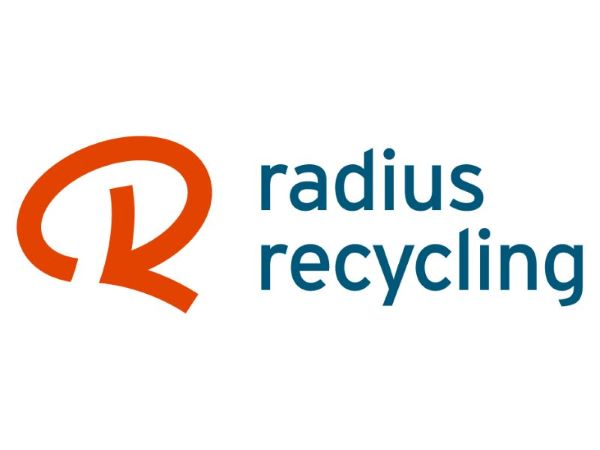Scrap Prices North America

Radius Recycling posts quarterly loss on tight supply flows, lower tags
Written by Ethan Bernard
January 4, 2024
Radius Recycling
| First quarter ended Nov. 30 | 2023 | 2022 | % Change |
|---|---|---|---|
| Revenues | $673 | $599 | 12% |
| Net earnings (loss) | ($18) | ($18) | 0% |
| Per diluted share | ($0.64) | ($0.64) | 0% |
Radius Recycling reported a net loss in its fiscal first quarter of 2024 on tighter supply flows for recycled metals and lower average selling prices for the company’s products.
The Portland, Ore.-based scrap recycler, formerly known as Schnitzer Steel Industries, posted a net loss of $18 million in its fiscal Q1 ended Nov. 30, 2023. This is even with the same period last year but narrowed from a loss of $26 million in Q1’23. Revenues stood at $673 million in Q1’24, off 6% from the prior quarter but up 12% from a year earlier.
“While the current market environment is challenging, we have demonstrated our ability to navigate effectively through periods of volatility and tight scrap availability by focusing on what we can control,” Tamara Lundgren, chairman and CEO, said in a statement on Thursday.
She said this includes “higher nonferrous volumes from our strategic investments and delivering on our $30-million productivity improvement program that we announced last October.”
Radius said market conditions for recycled metals remained challenging in the quarter. The company cited “lower manufacturing activity in the US, and the impact across Asia of the economic slowdown in China, including elevated levels of Chinese steel exports.”
The company noted that Q1 average net selling prices for ferrous, nonferrous, and finished steel products were down sequentially by 1%, 3%, and 3%, respectively.
For Q1 sales volumes on a sequential basis, Radius said that for ferrous they were higher by 4%. On nonferrous they were lower “by 11% due to timing of sales, and lower for finished steel products by 15% due to seasonality.”
Outlook
In an earnings conference call on Jan. 4, both Lundgren and CFO Stefano Gaggini noted a strengthening of ferrous scrap prices since mid-November in both the export and domestic markets, with a similar trend in non-ferrous prices.
“We expect second-quarter results to benefit from these higher prices and to improve sequentially,” Gaggini said.
Because of volatile current market conditions, “including from tight scrap availability, which can be compounded by winter weather,” Gaggini said the company plans to provide a more detailed Q2’24 outlook at a later date. However, he again noted that Radius anticipates “improved financial performance.”
Another uncertainty is shipping, especially with the conflict in the Middle East, and specifically through the Red Sea.
Gaggini said that what “we have heard through market intelligence very recently is that there could be certain surcharges that might be added on certain routes to container freight rates at some point going forward for those containers that go through conflict zones.”
He said that if that were to happen, “there could be an impact.”

Ethan Bernard
Read more from Ethan BernardLatest in Scrap Prices North America

HRC vs. scrap spread widens over $150/ton in March
The HRC vs. prime scrap spread increased again in March.

HRC vs. prime scrap spread increases in February
The price spread between hot-rolled coil (HRC) and prime scrap widened in February ahead of the implementation of President Trump’s tariffs on steel.
HRC vs. prime scrap spread narrows again in January
The price spread between hot-rolled coil (HRC) and prime scrap continued to narrow in January, according to SMU’s most recent pricing data. While SMU’s average HRC price edged down week over week (w/w), it rose compared to a month ago. The January price for busheling also increased from December. Our average HRC price as of […]

HRC vs. prime scrap spread flat in November
The price spread between hot-rolled coil (HRC) and prime scrap remained the same in November as both tags were at the levels seen a month earlier, according to SMU’s most recent pricing data.

HRC vs. busheling spread narrows slightly in October
The price spread between hot-rolled coil (HRC) and prime scrap narrowed marginally in October, according to SMU’s most recent pricing data.
